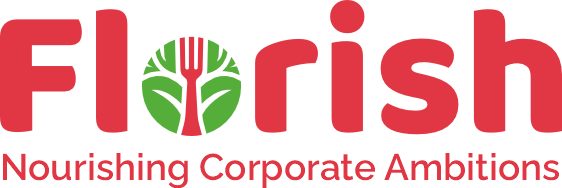Understanding the Growth Hormone Mode of Action on the Athlete
The role of growth hormone (GH) in enhancing athletic performance has garnered significant attention. Understanding its mode of action is crucial for athletes seeking to maximize their training outcomes and performance potential.
What is Growth Hormone?
Growth hormone is a peptide hormone produced by the pituitary gland. It plays a vital role in growth, metabolism, and muscle development. For athletes, its benefits extend beyond mere growth; it influences several physiological processes that are key to athletic performance.
Mechanisms of Growth Hormone Action
The mode of action of growth hormone involves various mechanisms:
- Protein Synthesis: GH stimulates the synthesis of proteins, which are essential for muscle repair and growth. Enhanced protein synthesis leads to increased muscle mass and strength.
- Fat Metabolism: GH promotes lipolysis, the breakdown of fats into free fatty acids. This process provides athletes with an additional energy source during prolonged physical exertion.
- Bone Density: GH enhances bone density by stimulating osteoblast activity. Stronger bones can lead to better performance and reduced injury risk.
- Recovery: GH plays a critical role in recovery post-exercise. It helps reduce muscle soreness and damage, allowing athletes to train harder and more frequently.
Benefits for Athletes
The benefits of understanding the growth hormone mode of action extend to various aspects of athletic performance:
Improved Performance
Athletes utilizing GH may experience enhanced performance through increased endurance, strength, and recovery rates. This leads to better overall results in competitions.
Injury Prevention
As GH contributes to improved bone density and muscle strength, it can help in minimizing the risk of injuries commonly associated with intensive training regimens.
Enhanced Recovery
The ability of GH to expedite recovery is particularly beneficial for athletes who require quick turnaround times between events or training sessions.
Conclusion
In summary, the growth hormone mode of action on the athlete encompasses several physiological benefits, including improved protein synthesis, fat metabolism, and recovery. Understanding these mechanisms equips athletes with knowledge to optimize their training and performance strategy effectively.
While the use of GH in sports must be approached with caution and ethical consideration, https://growthhormonecycle.com/medicament/masteron-100-mg-sp-laboratories/ its natural occurrence in the body offers insights into how athletes can harness their potential through science-backed training methods.
